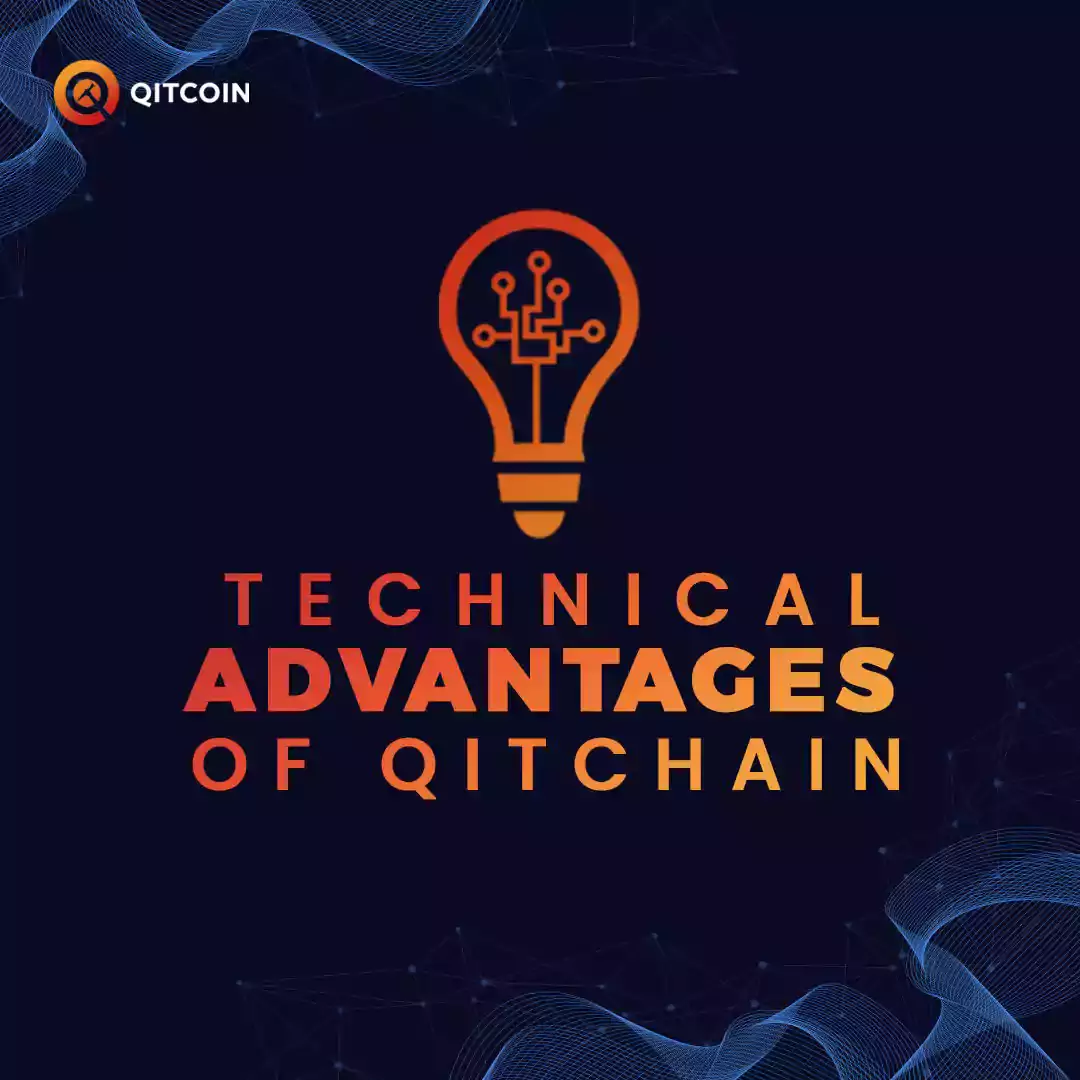
Qitchain Technical Application’s and Other Distributed Search Engines
Decentralized search engines
Decentralized search engines unlike centralized engine do not collect user’s data without their permission and protects their privacy. It means, searches can remain private without the need for service providers to track users’ data and transmit them to third-party advertisers. By using blockchain technology, decentralized search engines can provide users a transparent and censorship-resistant experience. In addition, although decentralized search engines collect some data, the most of these data are information related that helps developers to improve performances such as location, search time, and language settings. But, the best thing to note is this information will be encrypted and stored where community members shall maintain the network computer.
Another major feature of decentralized search engine is that they have no middlemen, which means advertisers can get more value. Blockchain projects that connect advertisers and consumers often provide incentives for users to cooperate with companies.
Many decentralized search engines provide security and credibility but there are power monopoly issues. When resources are being used to produce blocks, the cost gradually increases. Cryptocurrency enthusiasts have begun to devote themselves to find alternatives with lower power consumption mainly divided into lower cost to obtain profits. Among them, Ethereum and Monero are all produced to resist ASICs. They hope to maintain a relatively low block production cost and make it a cryptocurrency controlled by ASIC chips for mining. Well-known cryptocurrency, Litecoin, also uses the Scrypt algorithm to counter ASICs. However, ASIC developers soon optimized the mining machine algorithm, forming a monopoly on equipment and computing power, resulting in huge energy consumption.
Qitchain Network Consensus
The Qitchain Network is a master that can achieve lower energy consumption and facilitate the participation of miners’ while maintaining a relatively high degree of complexity to ensure the stability of the system. The CPoC consensus used by Qitchain Network is a much-decentralized consensus algorithm. Compared with the waste of resources caused by POW, CPoC has opened up a new era based on hard disk’s capacity proof. CPoC uses hard drives as the main carrier of consensus, allowing ordinary people to participate in the consensus through their computers. Thus, everyone can participate in the path of decentralized innovation.
CPoC Qitchain inherits
Qitchain Network also inherits some of the fine traditions of Bitcoin because Bitcoin is a system that serves most participants at the beginning of its design; that is, each participant can play a role in thinking, supporting, or even subverting the system. CPoC in Qitchain inherits this kind of openness and inclusiveness. With a more people-friendly consensus on hard drive capacity, CPoC can further promote cryptocurrency to the public’s perspective. It is allowing more people to participate in the ecological construction of the Qitchain Network.
Some cryptocurrencies use a PoS (Proof of Staking) consensus mechanism and its series such as DPoS variant. They are trying in this way to solve the PoW energy consumption and hardware consensus cost issues. But, we can see that the consensus mechanism of this system often sacrifices a lot of decentralization. Thus, even the additional mechanism is not providing the complete solution.
The CPoC consensus mechanism of Qitchain Network uses hard disk resources as credentials. Every participant has the opportunity to become a block producer, ensuring a high degree of decentralization and fairness.
Process of the Qitchain Network for miners
As the computing power of the Bitcoin network continues to rise, the POW consensus wastes a lot of electricity in the work process. In the consensus process of the Qitchain Network, miners only need to retrieve the existing data in the hard disk for a short time according to the network requirements, and the system remains idle for the rest of the time. The consensus model ensures the low power consumption of the system.
Qitchain Network uses a dual incentive method when designing incentives. Mining can be carried out conditionally or unconditionally to adjust the income of each participant. Qitchain Network adopts a conditional approach to ensure the continuous development of the chain and the introduction of new miners. In this way, it maintains the long-term positive development of the community.
The power monopoly of other cryptocurrencies makes it difficult to expand the POW endogenous ecology. Miners are more concerned about cost than their enthusiasm for ecological construction. Qitchain adopting CPoC system has made it easy to expand. The hard disk power consumption is lower, and miners’ income will be clearer in Qitcoin.
Conclusion
Qitcoin adopting CPoC consensus mechanism the power consumption is small and almost no risk cost. It allows miners to pay extremely low. The risk cost holds assets to prevent the malicious actions of miners. Also, it attaches great importance to the threshold-free release of issuance rights which determines the fairness of this system.
